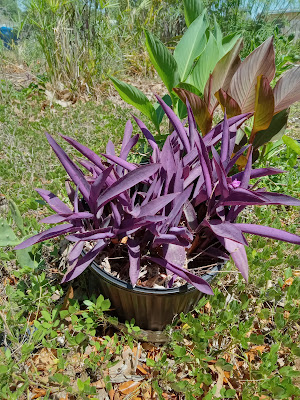Tuna potato salad is a classic dish that is perfect for a quick and easy lunch or dinner. It is made with simple ingredients that are readily available at most grocery stores. The salad is packed with protein and healthy fats, making it a nutritious choice. It is also relatively low in calories, making it a good option for those who are trying to lose weight or maintain a healthy weight. It can be made inexpensively with many pantry staples such as potatoes and canned tuna.
Tuna potato salad is typically made with canned tuna, potatoes, mayonnaise, celery, onion, and dill. However, there are many variations of the dish. Some people like to add hard-boiled eggs, chopped pickles, or relish. Others prefer to use a different type of mayonnaise, such as olive oil mayonnaise or light mayonnaise. There is no right or wrong way to make tuna potato salad, so feel free to experiment until you find a version that you love.
To make tuna potato salad, simply combine all of the ingredients in a large bowl. Mix well until everything is evenly combined. Serve the salad on its own or on a bed of lettuce. You can also use it as a sandwich filling or a wrap filling.
Tuna potato salad is a versatile dish that can be enjoyed in many different ways. It is a great option for a quick and easy meal, and it is also a good choice for picnics, potlucks, and other gatherings. So next time you are looking for a delicious and nutritious dish to make, be sure to give tuna potato salad a try.
Here is a recipe for tuna potato salad that you can try at home:
Ingredients:
2 cans of tuna, drained
4 medium potatoes, cooked
1/2 cup of mayonnaise
1/4 cup of celery, chopped, optional
1/4 cup of onion, chopped (half an onion)
3 tablespoons of dill, dried is all right
Salt and pepper to taste
Instructions:
In a large bowl, combine the tuna, mayonnaise, celery, onion, and dill.
Season with salt and pepper to taste.
Mix well until everything is evenly combined.
Serve immediately or store in an airtight container in the refrigerator for up to 3 days.
Enjoy!
History of Tuna Potato Salad
Tuna potato salad is thought to have originated in the United States in the early 1900s. It is believed to be a variation of the classic potato salad that was popular at the time. Tuna potato salad quickly became a popular dish, and it is now enjoyed all over the world.
Variations of Tuna Potato Salad
There are many variations of tuna potato salad. Some of the most popular variations include:
Tuna salad on a bed of lettuce: This is a lighter option than the tuna salad sandwich or wrap. Simply serve the salad on a bed of lettuce and enjoy.
Tuna salad as a side dish: This is a great option for picnics, potlucks, and other gatherings. Simply serve the salad on its own as a side dish.
Tips for Making Tuna Potato Salad
Here are a few tips for making the best tuna potato salad:
Use high-quality ingredients. This will make a big difference in the taste of the salad.
Use fresh mayonnaise. This will also make a big difference in the taste of the salad.
Don't overmix the salad. Overmixing will make the salad mushy.
Serve the salad immediately or store it in an airtight container in the refrigerator for up to 3 days.
Tuna potato salad is a delicious and nutritious dish that is perfect for a quick and easy lunch or dinner. It is made with simple ingredients that are readily available at most grocery stores. The salad is packed with protein and healthy fats, making it a nutritious choice. It is also relatively low in calories, making it a good option for those who are trying to lose weight or maintain a healthy weight.
Tuna potato salad is a versatile dish that can be enjoyed in many different ways. It is a great option for a quick and easy meal, and it is also a good choice for picnics, potlucks, and other gatherings. So next time you are looking for a delicious and nutritious dish to make, be sure to give tuna potato salad a try.


















